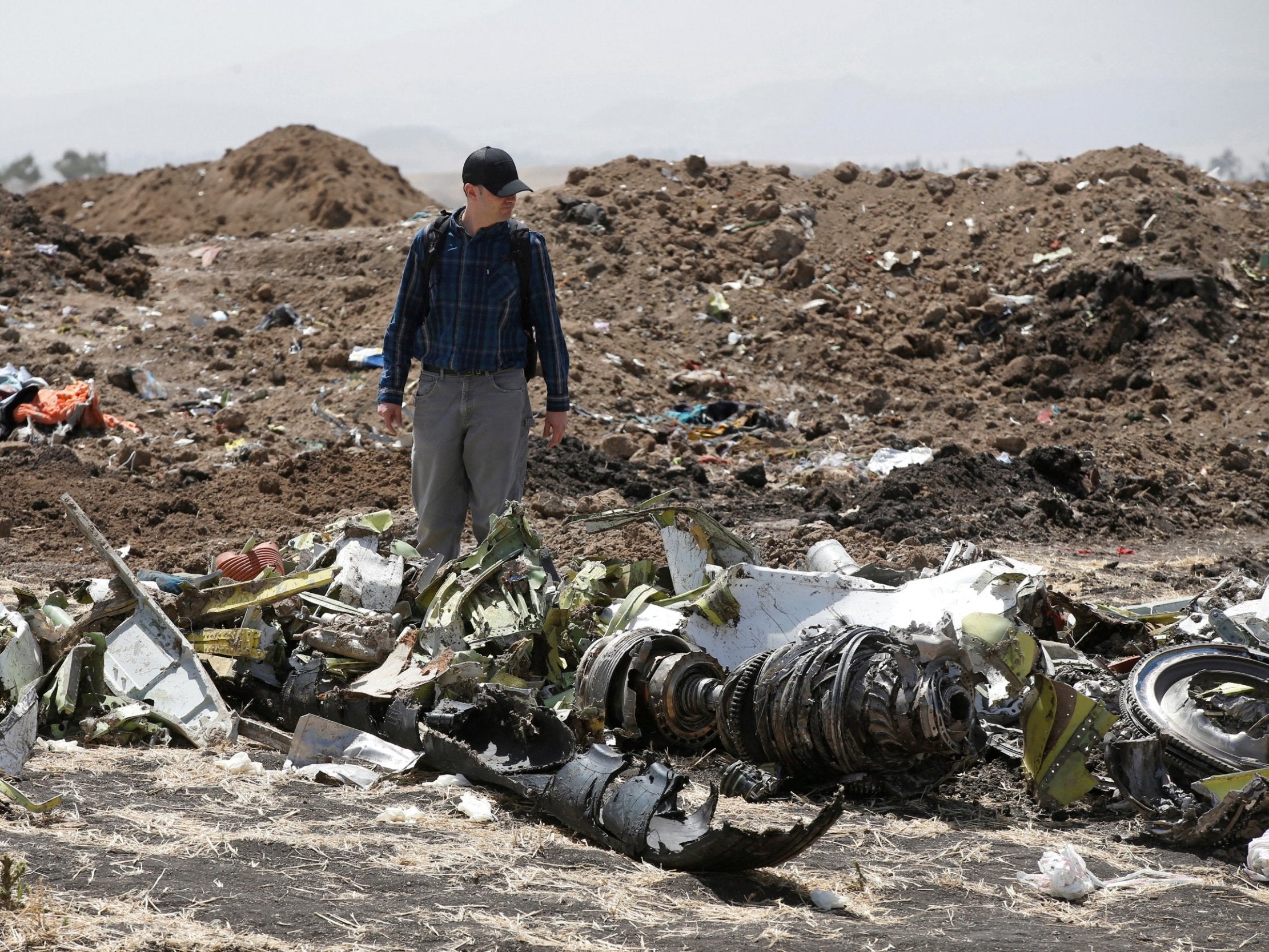Air safety in 2010s better than ever despite Boeing 737 Max tragedies
The death toll of 251 in five aviation tragedies in 2019 was lower than the number who die on the roads worldwide in 100 minutes

Your support helps us to tell the story
From reproductive rights to climate change to Big Tech, The Independent is on the ground when the story is developing. Whether it's investigating the financials of Elon Musk's pro-Trump PAC or producing our latest documentary, 'The A Word', which shines a light on the American women fighting for reproductive rights, we know how important it is to parse out the facts from the messaging.
At such a critical moment in US history, we need reporters on the ground. Your donation allows us to keep sending journalists to speak to both sides of the story.
The Independent is trusted by Americans across the entire political spectrum. And unlike many other quality news outlets, we choose not to lock Americans out of our reporting and analysis with paywalls. We believe quality journalism should be available to everyone, paid for by those who can afford it.
Your support makes all the difference.For airline passengers, 2019 was one of the safest years in history – and ended a decade that saw fewer lives lost than any other since the start of the jet age.
At the moment when the whole planet had begun 1 January 2020, the Dutch aviation consultancy, To70, published its annual Civil Aviation Safety Review.
It examines accidents to large passenger aircraft used by most travellers.
The author, Adrian Young, said: “Despite a number of high profile accidents this year’s fatal accident rate is lower than the average of the last five years.”
The worst tragedy involved an Ethiopian Airlines Boeing 737 Max on 10 March, in which 157 passengers and crew died.
Flight ET302 crashed at high speed into the ground shortly after take off from Addis Ababa airport on a scheduled flight to Nairobi.
The plane type was grounded worldwide within days because of concerns that software in the flight control system forced the aircraft nose down despite the pilots’ efforts to save it.
The day before, 12 people had lost their lives when a vintage Douglas DC3 crashed in a rural area of central Colombia. The plane, which was built in 1945, was on a scheduled passenger service for the Laser airline.
The third fatal accident of the year took place at Russia’s busiest airport, Moscow, on 5 May.
The pilots of an Aeroflot Sukhoi Superjet encountered control problems a few minutes after take off and returned to make an emergency landing.
Video footage showed the aircraft touching down at high speed and bouncing before the tail burst into flames.
Forty-one of the 78 passengers and crew aboard the Russian-built aircraft died. The previous year, 71 people perished in another plane crash near Moscow.
On 24 November, after a gap of more than six months with no fatal accidents on commercial flights, a Dornier 228 propeller plane belonging to Busy Bee crashed in a densely populated area shortly after take-off from Goma in Democratic Congo. Nineteen people onboard and 10 on the ground died.
Four days before the end of the year, Bek Air flight 2100 crashed less than a minute after take off from Almaty airport in Kazakhstan. All but 12 of the 93 passengers and five crew survived. The captain was one of the victims.
The intended destination of the Fokker 100 jet was the capital, Nur-Sultan.
The five accidents cost a total of 251 lives. The aviation industry suffered an average of one fatal accident every 5.58 million flights.
To70 said that the numbers of accidents and fatalities were roughly half as many as 2018. The all-time low was in 2017 with only two fatal accidents, which resulted in the loss of 13 lives.
Mr Young said: “Whilst the accident rate for 2019 was low, there are fundamental issues about how we organise our industry that must be addressed.
“Fatal accidents involving the Boeing 737 Max in 2018 and 2019 have asked difficult questions of the aviation industry.
“The issue of derivatives – when a new model of an aircraft type is considered a development of a previous one – is something that is rarely discussed outside the airworthiness world.
“The question as to whether the 737 Max was a derivative too far is still unanswered.
“We do expect that these questions will be answered and that the 737 Max will likely return to service in 2020.
“It may go on to serve the aviation industry and the travelling public very well, for probably the next 20 years.”
Despite the two Boeing 737 Max tragedies, and the loss of two Malaysia Airlines Boeing 777s in 2014, the 2010s showed a steady trend towards safer skies.
According to the United Nations, there are 1.35 million road fatalities every year worldwide – meaning that the death toll in the five aviation tragedies during the year was lower than in 100 minutes on the roads globally.
Join our commenting forum
Join thought-provoking conversations, follow other Independent readers and see their replies
Comments